Manage your document processes with DocHub's robust Custom change Order Forms catalog. Monitor changes, collaborate with team members, and safely keep all your forms in one place.


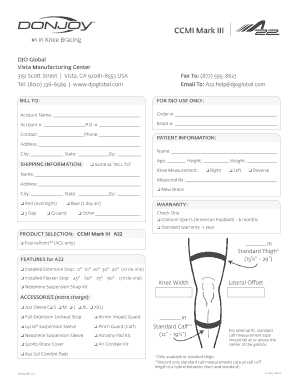

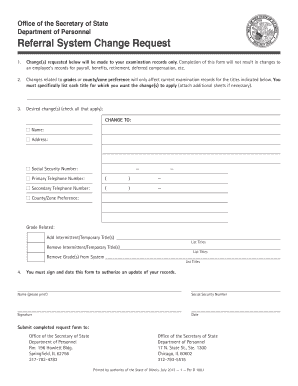

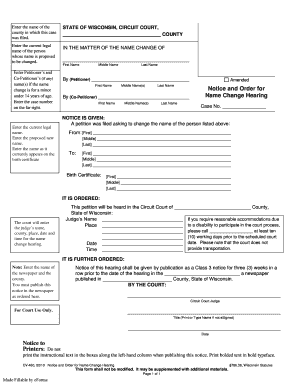
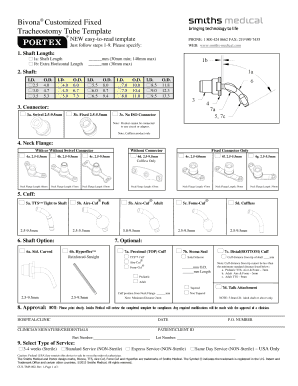
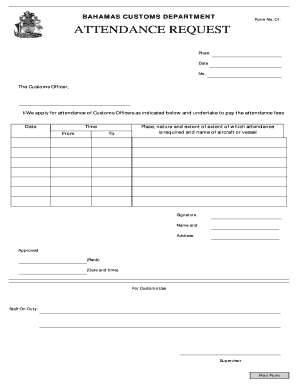


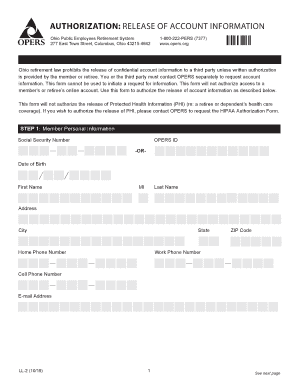


Improve your file management with our Custom change Order Forms library with ready-made document templates that suit your requirements. Access the form, change it, complete it, and share it with your contributors without breaking a sweat. Start working more effectively with the documents.
How to use our Custom change Order Forms:
Explore all of the opportunities for your online file administration with our Custom change Order Forms. Get your totally free DocHub account right now!